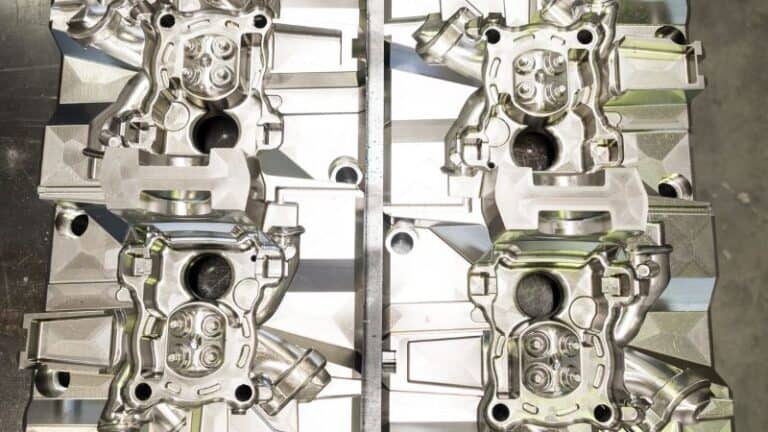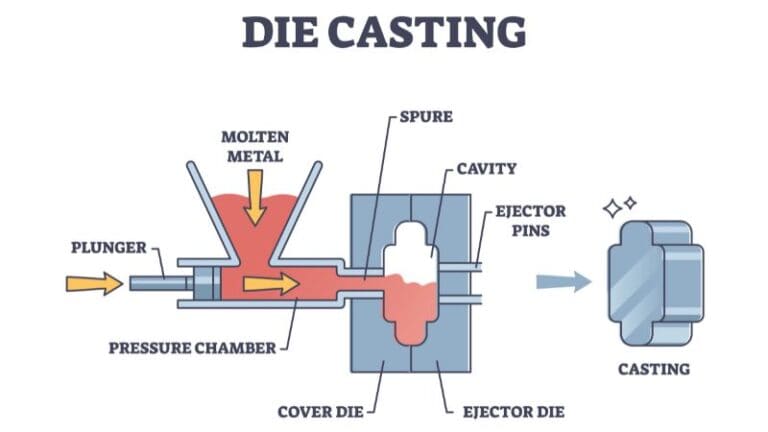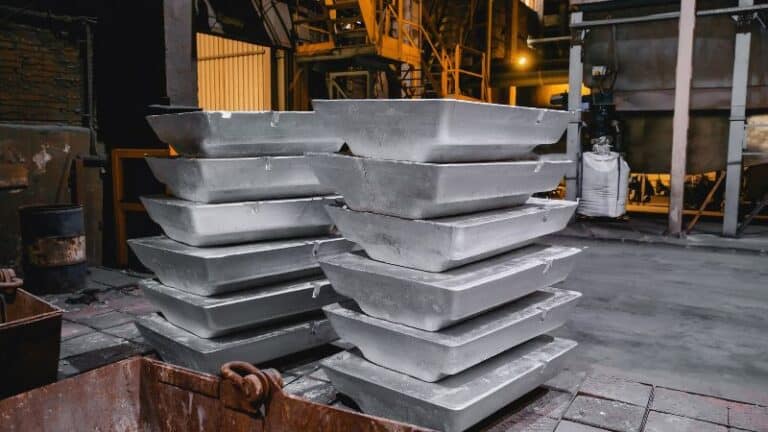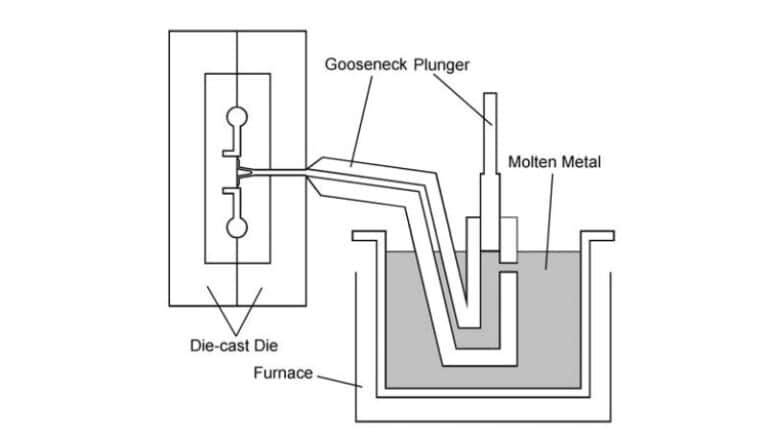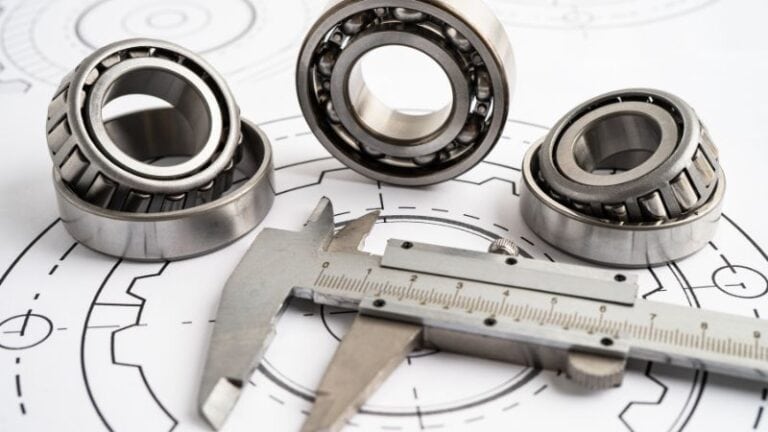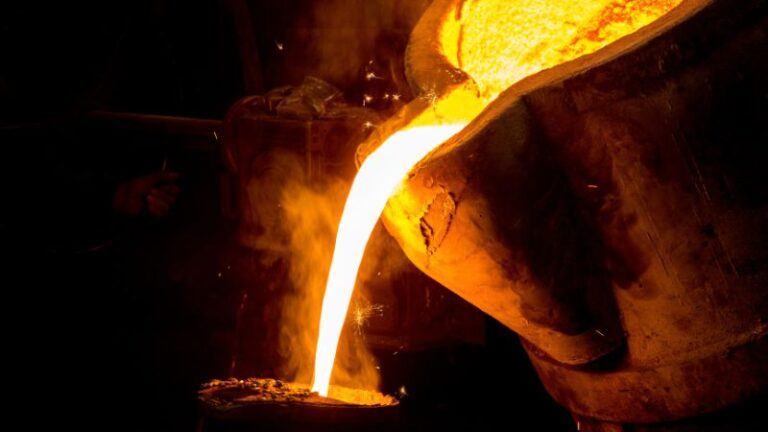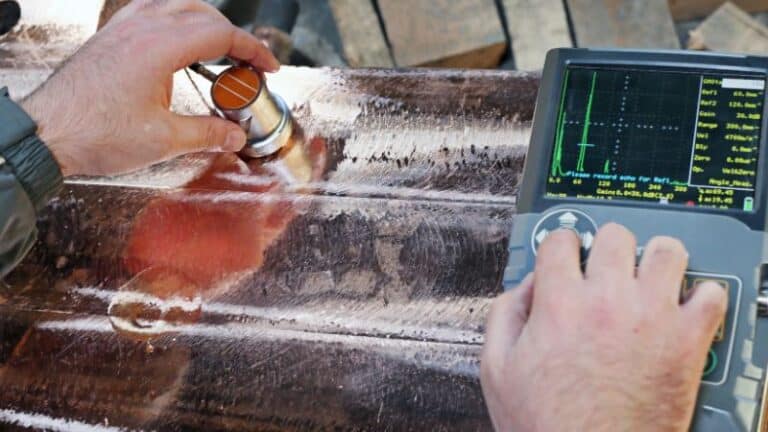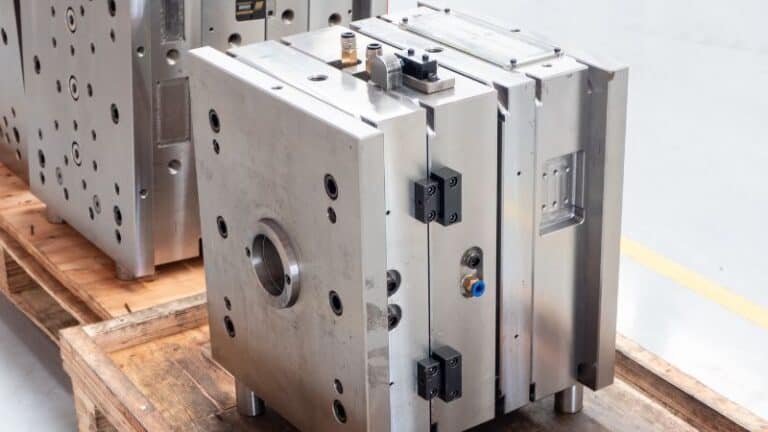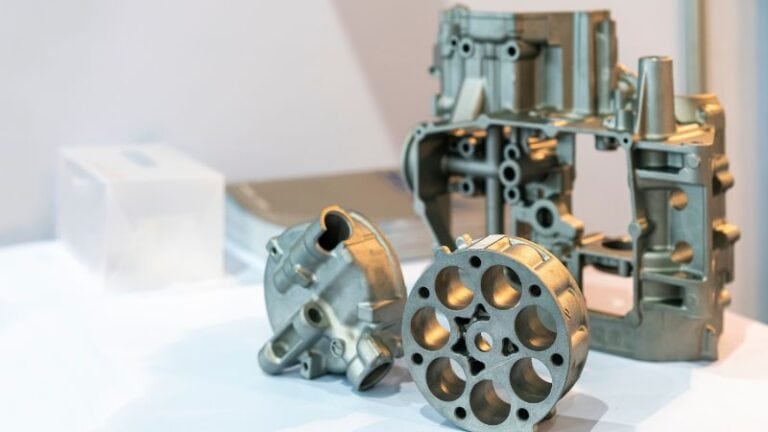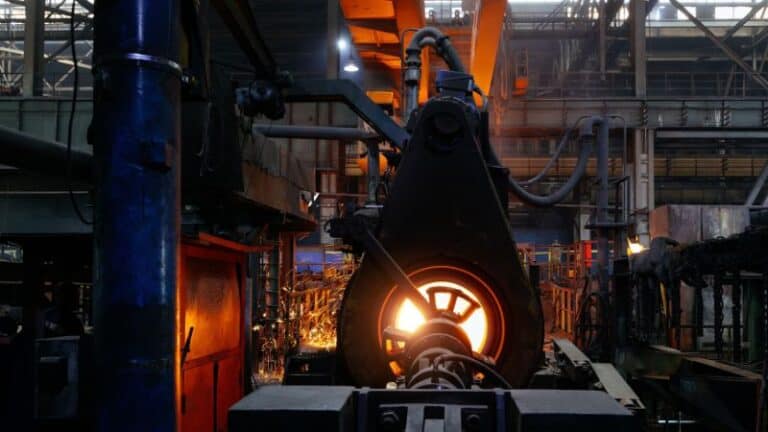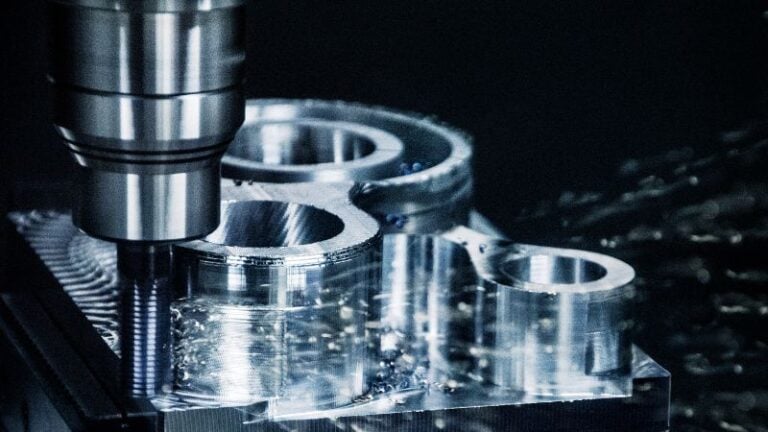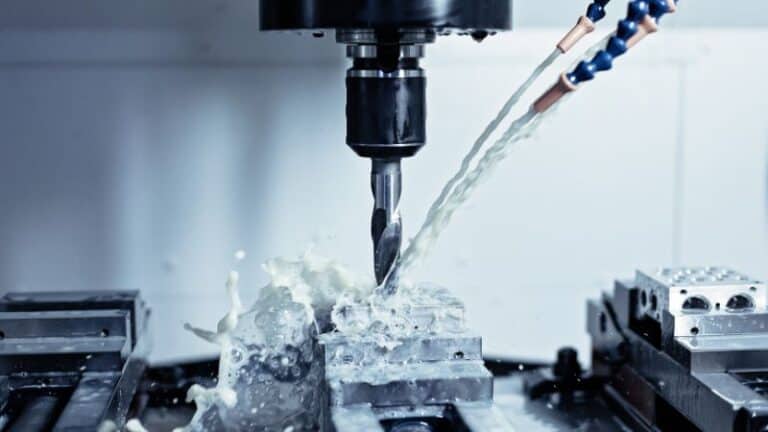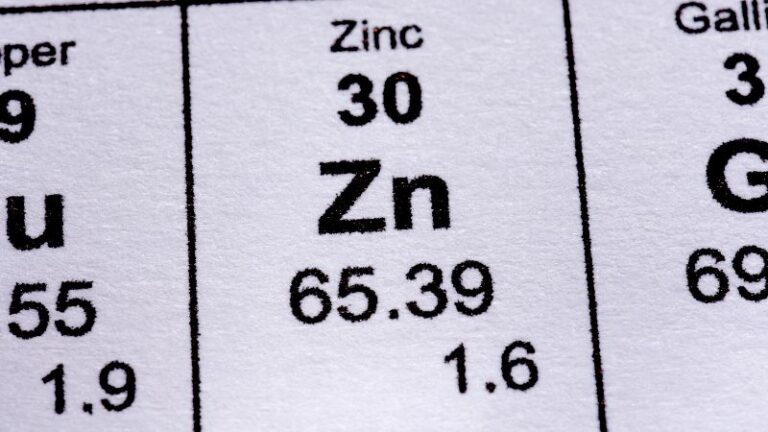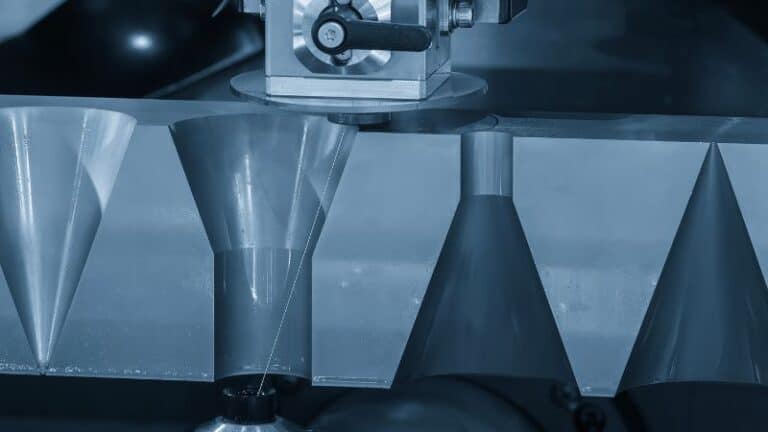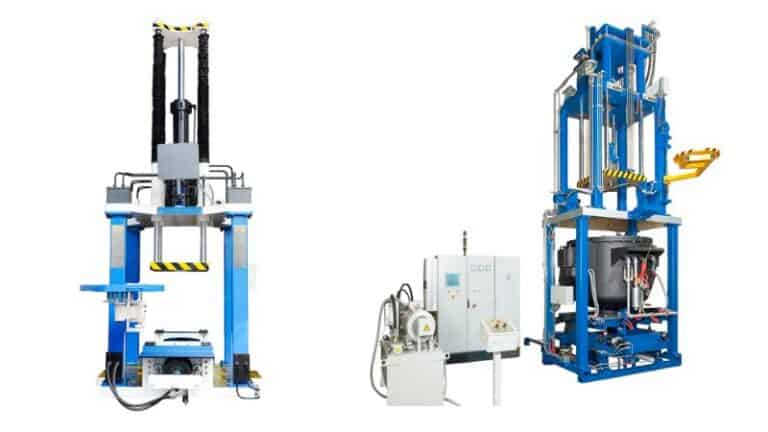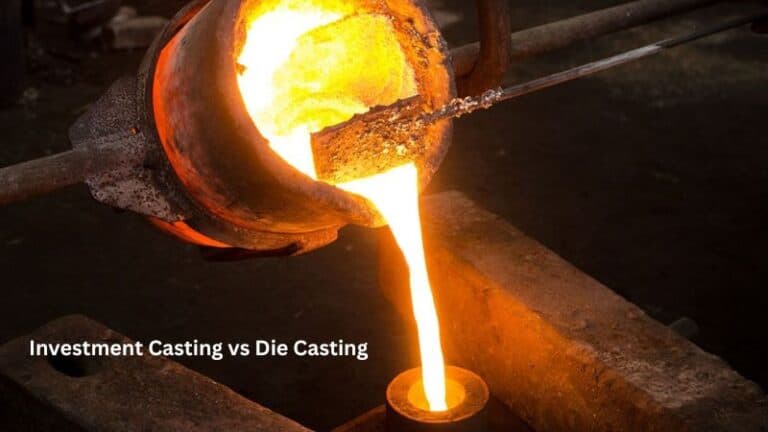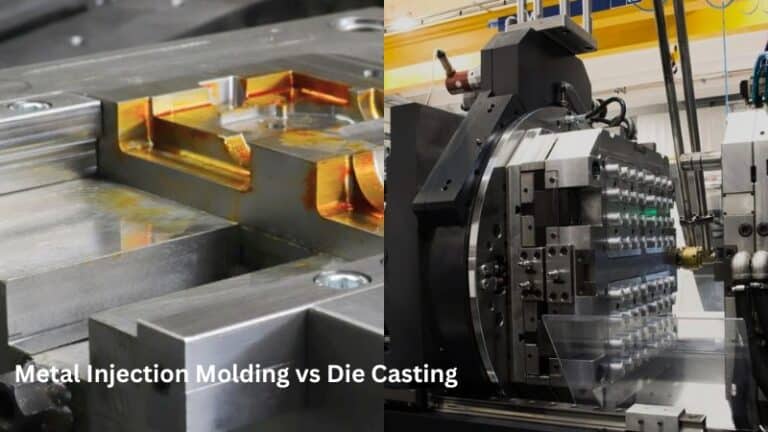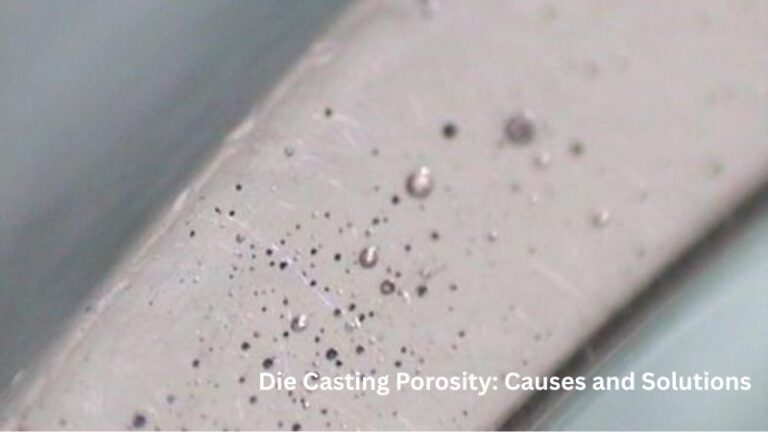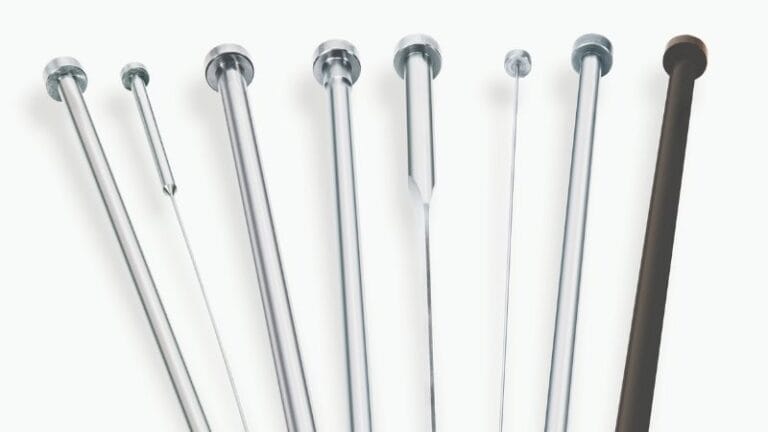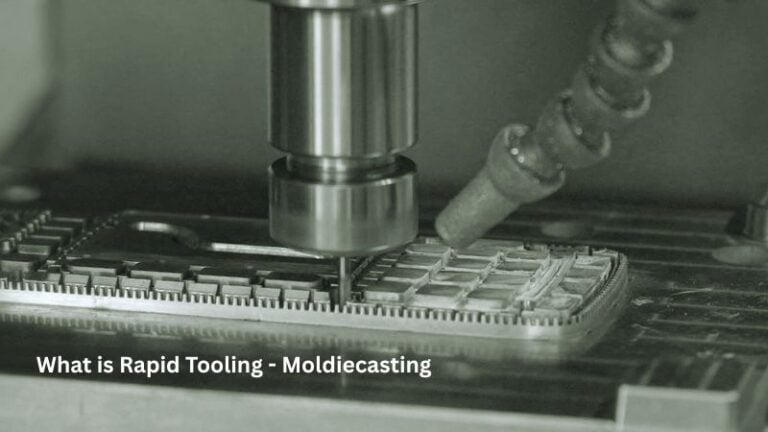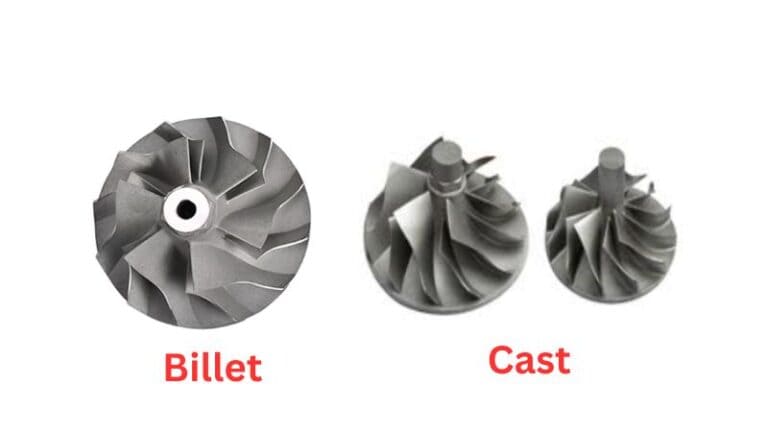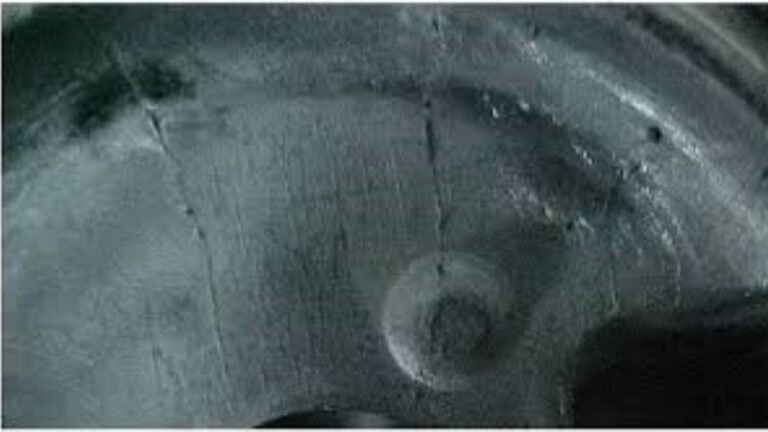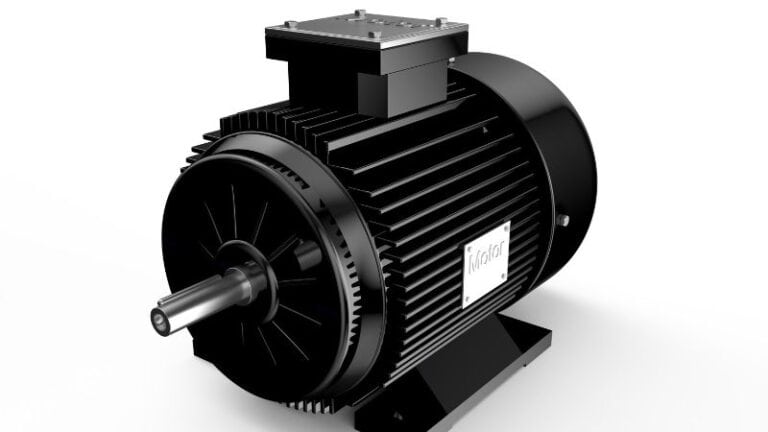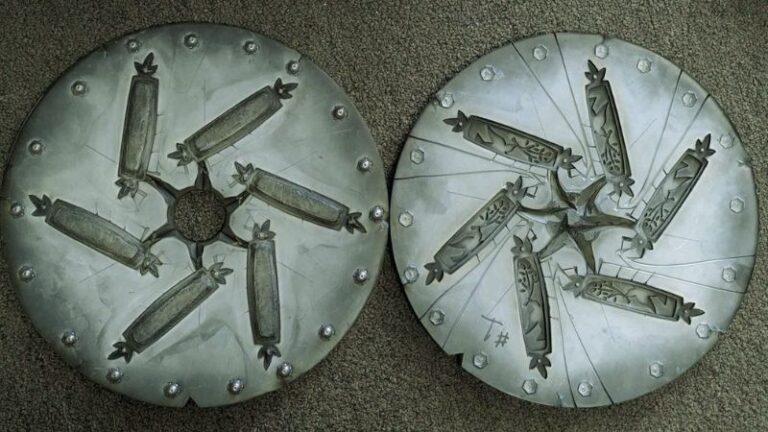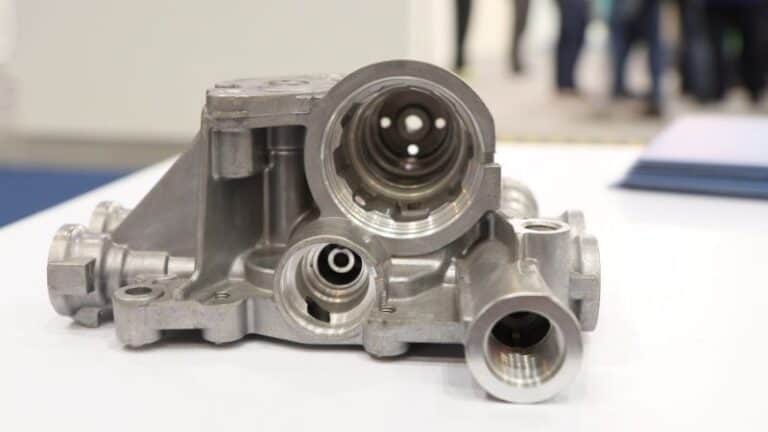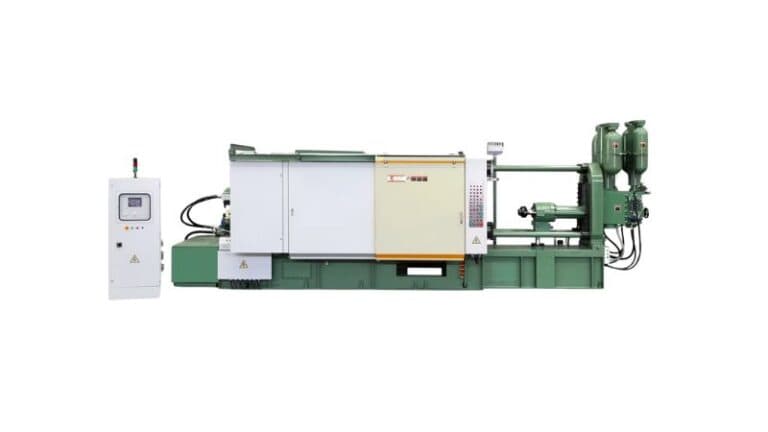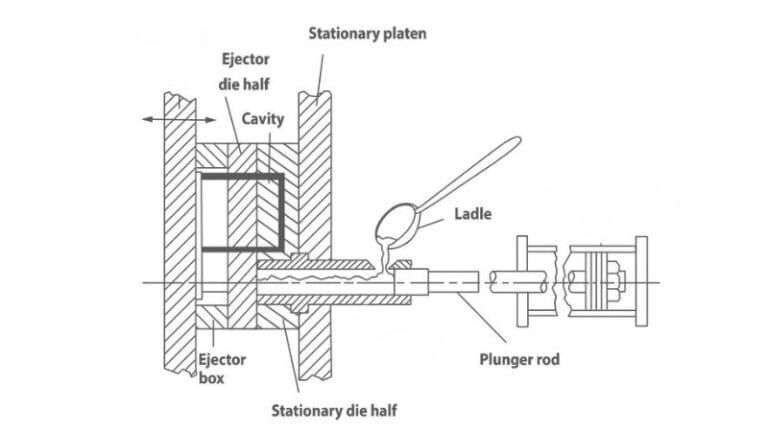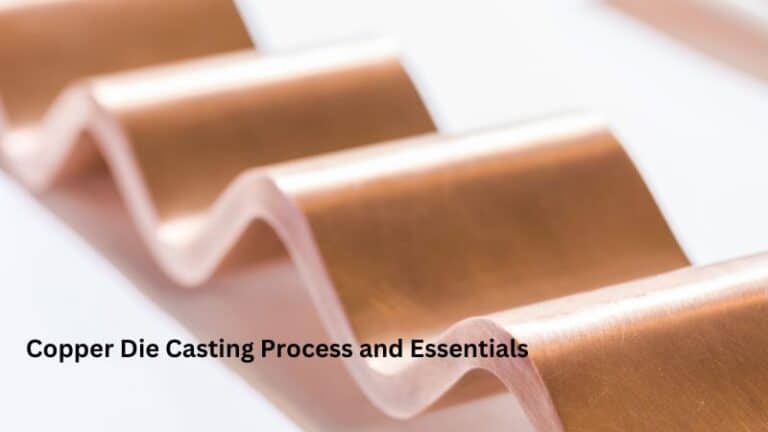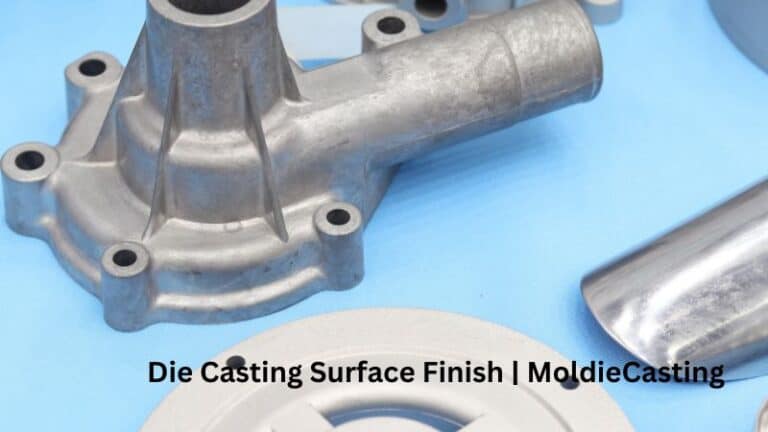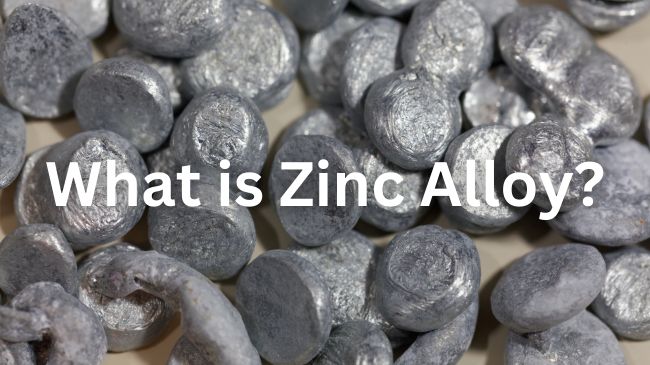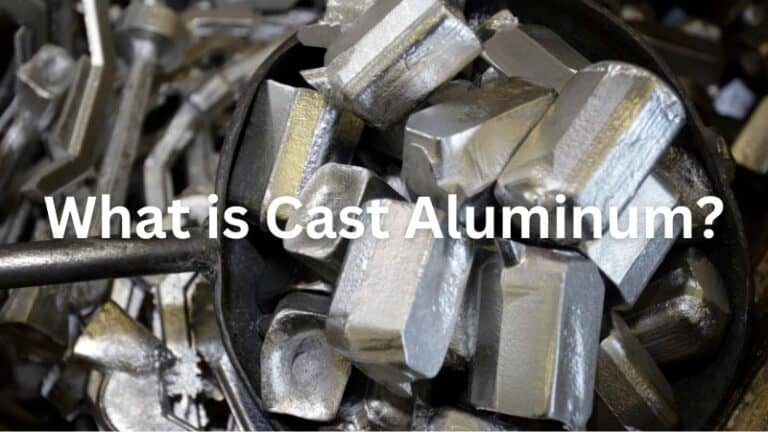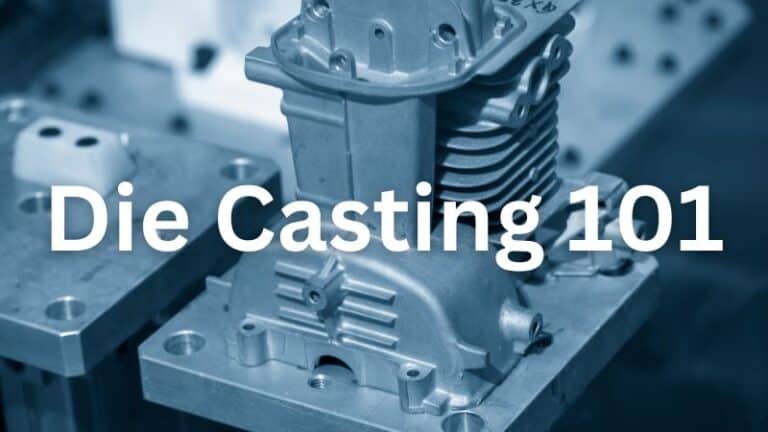Blog
2025-10-29
Die cast tooling, as its name suggests, encompasses molds and dies of the die casting process. When it's engineered well, it delivers crisp features, tight tolerances, and stable cycle times across hundreds of thousands, sometimes...
Read More »2025-10-27
When the manufacturing industry demands lower odds of leaks, warps, or cracks in the die casting process, conventional high-pressure die casting sometimes isn't enough. Therefore, industrial professionals expanded upon the idea and brought forward vacuum...
Read More »2025-08-21
Cold chamber die casting plays a key role in modern manufacturing by shaping strong, precise parts from metals with high melting points. It is a process where molten metal is injected under high pressure into...
Read More »2025-08-20
Die casting depends heavily on material choice, since every alloy brings its own strengths, limits, and best uses. The most common die casting materials are aluminum, zinc, magnesium, and other alloys. Exploring these materials shows...
Read More »2025-08-19
Hot chamber die casting is a casting method where molten metal is injected directly into a mold using a built-in chamber, making it ideal for alloys with lower melting points. Understanding how the process works,...
Read More »2025-08-18
Die casting tolerances are a set of variations that ensure each component fits properly, functions as intended, and meets the required quality standards. Without proper tolerance control, even small dimensional differences can lead to assembly...
Read More »2025-08-15
Die casting costs can vary widely depending on several key factors. On average, a die casting project can range from a few thousand dollars for small, simple parts to tens of thousands for larger, more...
Read More »2025-08-14
Custom die casting offers a precise way to produce complex metal parts at scale. It uses reusable molds, called dies, to shape molten metals like aluminum, zinc, or magnesium into exact forms. It delivers consistent...
Read More »2025-07-25
Casting quality control is the process used to make sure cast products meet specific standards of shape, size, strength, and surface finish. This step is essential to catch defects and avoid delivering parts that could...
Read More »2025-07-24
Mold flow analysis is a simulation technique used in plastic injection molding to predict how molten plastic will move through a mold. By running these tests on a computer, manufacturers can adjust key elements such...
Read More »2025-06-26
Automotive die casting is a process used to make strong, lightweight metal parts for cars quickly and accurately. This method shapes metals like aluminum by forcing them into molds at high pressure, creating parts like engine blocks, transmission cases, and...
Read More »2025-06-13
Centrifugal die casting is a unique casting process that uses spinning molds to create strong, precise metal parts. You can use centrifugal casting to make items like pipes, rings, or cylinder liners with fewer defects...
Read More »2025-06-08
Medical die casting is a process that shapes metal parts used in healthcare equipment by forcing molten metal into reusable molds under high pressure. This technique helps create strong and precise components for devices such as surgical tools,...
Read More »2025-05-31
Die Casting Processes Overview What Is Casting? Casting is when you pour a liquid material, usually metal, into a mold shaped like the part you want to make. The liquid cools and hardens, taking the...
Read More »2025-05-20
When the term EDM (Electrical Discharge Machining) is brought up, it mainly refers to two highly capable processes, sinker EDM and wire EDM. They both remove metal with controlled sparks and excel on hardened, conductive...
Read More »2025-04-30
Basics of CNC Turning CNC turning is a subtractive manufacturing process that removes material from a rotating workpiece. Unlike manual lathes, CNC turning uses computer programming to control the cutting tools with extreme precision. In...
Read More »2025-04-25
What Is CNC Coolant? CNC coolant is used in machining to cool and lubricate both the cutting tool and the workpiece. When metal is cut, friction makes everything hot. High heat can damage tools and...
Read More »2025-04-18
What is Zamak? Zamak is a family of metal alloys known for their strength, hardness, and affordable cost. These alloys are often used in construction, die casting, and many other industries due to their special mix...
Read More »2025-04-03
In the machining industry, manufacturers often face parts that are too tough, too thin, or simply too complex for conventional machining methods. That's exactly where the Electrical Discharge Machining (EDM) proves its value. By removing material...
Read More »2025-03-31
Overview of Low Pressure Die Casting Low pressure die casting is a metal forming process that creates high-quality parts by using controlled pressure to fill molds with molten metal. This method offers advantages in quality...
Read More »2025-03-23
Key Takeaways Key Points Investment Casting Die Casting Process Uses a wax pattern coated in ceramic; wax melted out to create mold. Molten metal forced under high pressure into a reusable steel die. Materials High-melting-point...
Read More »2025-03-15
Key Takeaways Category Metal Injection Molding (MIM) Die Casting Process 1. Metal powder mixed with binder. 2. Injected into mold. 3. Debinding. 4. Sintering. 1. Molten metal forced into mold under high pressure. 2. Cooled...
Read More »2025-03-09
Die casting is a metal forming process that creates precise, detailed parts by injecting molten metal into reusable molds. It offers excellent dimensional accuracy, smooth surfaces, and complex shapes that would be difficult to achieve with...
Read More »2025-02-25
What is Ejector Pins? Ejector pins are critical components in the mold design of injection molding systems, engineered to ensure smooth ejection of molded parts from the mold cavity. During the ejection process, these pins...
Read More »2025-02-20
In manufacturing, tool calibration is the cornerstone of producing high-quality products consistently. Without it, even the most advanced equipment risks generating inaccurate measurements, leading to defects, and wasted resources. Why Tool Calibration Matters? Uncalibrated tools jeopardize product integrity. For instance,...
Read More »2025-02-16
What is Rapid Tooling? Rapid tooling is a modern manufacturing process that accelerates the creation of prototype and production tooling, bridging the gap between design ideation and full-scale manufacturing. Unlike conventional tooling methods that rely...
Read More »2025-02-07
Billet aluminum and cast aluminum represent two distinct approaches to manufacturing high-performance aluminum parts, such as engine blocks, pistons, or gearbox components. Billet aluminum is a type of metal created by machining a single block...
Read More »2025-01-31
Die casting, a widely used manufacturing process for producing complex metal parts often encounters defects that can compromise the quality and functionality of products. Addressing these defects involves understanding their causes, implementing effective solutions, and...
Read More »2025-01-31
A servo motor is an electric motor that provides precise control over movement. It can control position, speed, and torque. Key components include: Rotor: The moving part inside the motor. Stator: The stationary part that...
Read More »2024-12-25
What is Spin Casting? Spin casting, also known as centrifugal rubber mold casting (CRMC), is a manufacturing process that involves the use of centrifugal force to create detailed parts efficiently. Benefits of Spin Casting High...
Read More »2024-12-16
In die casting, creating a mold design is important because it impacts the quality and cost of the manufacturing process. Consideration of the mold design process and material choice helps ensure efficiency and product quality....
Read More »2024-12-03
When you explore aluminum die casting machines, you'll find both different types and various components. Aluminum die casting machines mainly fall into two categories: hot chamber and cold chamber machines. For aluminum, cold chamber die...
Read More »2024-11-28
Gravity die casting is a cornerstone manufacturing process renowned for producing high-quality metal components with precision and efficiency. In the article, we delve into the fundamentals of this technique, exploring its advantages, applications, and the...
Read More »2024-11-19
Die casting and sand casting are the two most widely used casting methods. This article explores the key differences between die casting and sand casting, examining factors such as production volume, part complexity, wall thickness,...
Read More »2024-11-07
What is Cold Chamber Die Casting In the world of manufacturing, you might find different methods to shape metal into parts. One effective way is cold chamber die casting, which is suitable for metals with...
Read More »2024-10-31
There are always more than one way to have your orders of components made, and the vast list of available options can be puzzling. Furthermore, your choices would be the deciding factors for your budget,...
Read More »2024-10-15
What is Copper Die Casting? Copper die casting is a precise molten metal casting process that harnesses the beneficial properties of copper and its alloys to create intricate parts. This process combines the high pressure...
Read More »2024-10-08
What are die-casting and Surface Finishes? Die casting is a popular method to create detailed and precise metal parts, commonly used across industries. After die casting, surface finishes come into play. The surface finish is like...
Read More »2024-09-29
Zinc die casting is a highly efficient manufacturing process commonly used to create complex metal components with remarkable precision and durability. Unlike other manufacturing methods, die casting allows for the mass production of parts that...
Read More »2024-09-15
Magnesium alloys are mixtures of magnesium with other metals like aluminum, zinc, and manganese. These combinations offer different properties that suit specific needs. Magnesium, one of the lightest structural metals, makes these alloys ideal for...
Read More »2024-09-08
Choosing the right die casting partner is critical to ensuring the quality and reliability of your products. Whether you're in the automotive, electronics, aerospace, or consumer goods sector, working with a trustworthy die casting manufacturer...
Read More »2024-08-29
What is High Pressure Die Casting? High Pressure Die Casting (HPDC) is a manufacturing process used to produce metal parts by injecting molten metal into a steel mold, or die, under high pressure. This process...
Read More »2024-08-26
Among the various materials used in die casting, magnesium and aluminum stand out due to their unique properties and advantages. Both metals offer distinct benefits that cater to different applications across industries. This article explores...
Read More »2024-08-13
Dear Valued Partners and Clients, Moldie will be participating in the 29. Fakuma, the world's leading trade event for industrial plastics processing. We cordially invite you to visit our booth and explore our latest innovations in plastic injection molds...
Read More »2024-08-13
Dear Valued Partners and Clients, Moldie will be participating in the Die Casting Congress & Exposition 2024, one of the most prestigious events in the die casting industry. We cordially invite you to visit our booth...
Read More »2024-07-15
Wire EDM (Wire-Cut EDM) Wire EDM, also called wire electrical discharge machining, uses a thin wire to cut precise shapes out of metal. How Wire EDM Works Wire EDM uses a thin wire as an...
Read More »2024-06-28
Zinc alloys are versatile materials that have gained widespread popularity across various industries due to their unique combination of properties and adaptability. In this blog post, we will delve deep into the world of zinc...
Read More »2024-06-18
What is Cast Aluminum? Aluminum is a versatile metal used in various industries, from automotive and aerospace to construction and consumer goods. Its lightweight nature, strength, and resistance to corrosion make it an attractive choice...
Read More »2024-06-17
Overview of Die Casting Die casting is a metal casting process in which molten metal is injected into a mold under high pressure. This method is often referred to as high-pressure die casting and is...
Read More »

